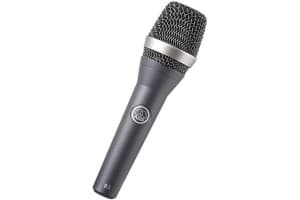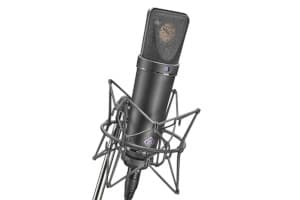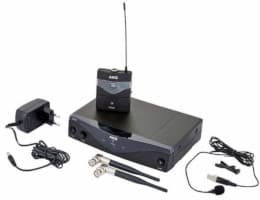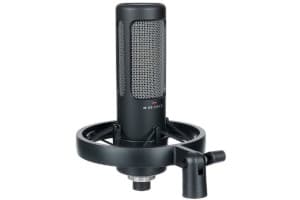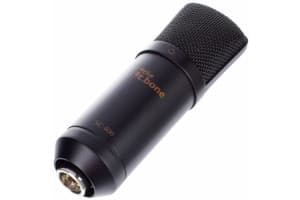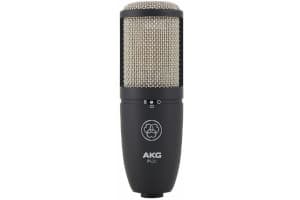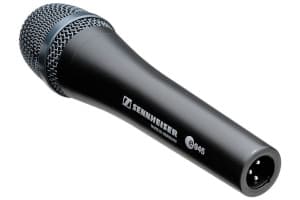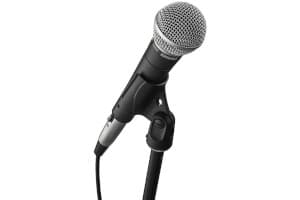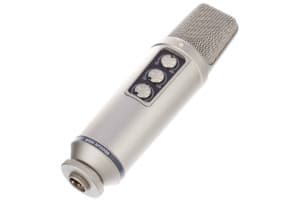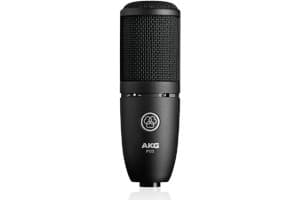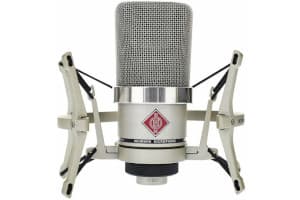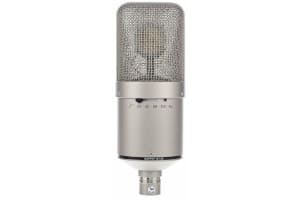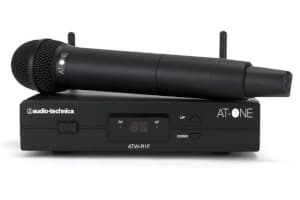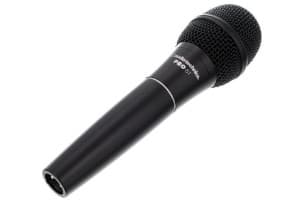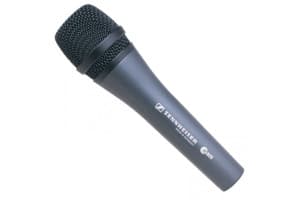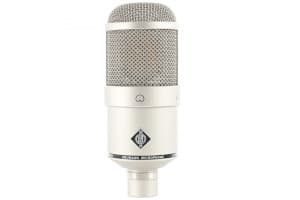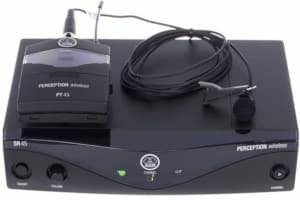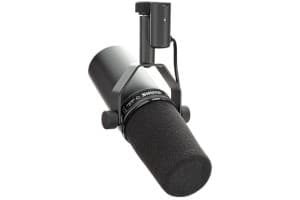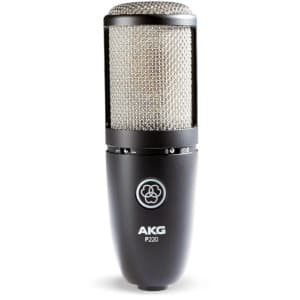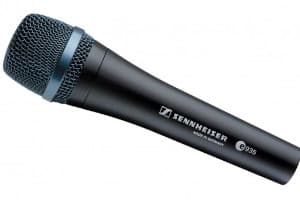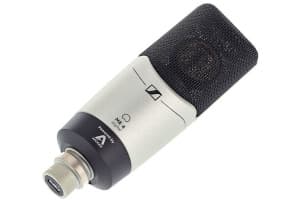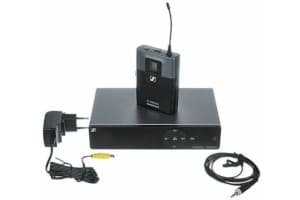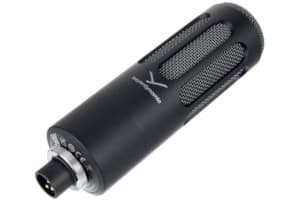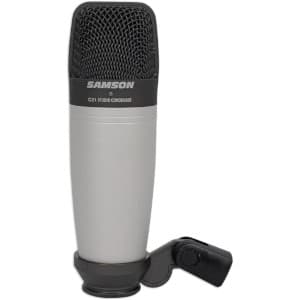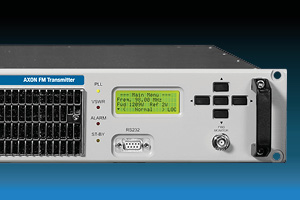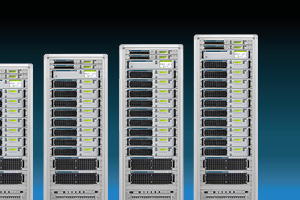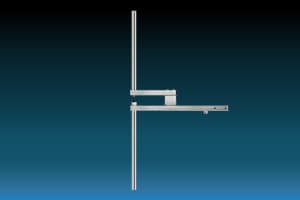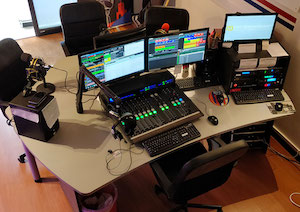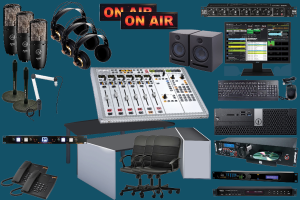DYNAMIC MICROPHONES
Dynamic microphones are highly durable and able to handle very high sound
pressure levels, making them ideal for live applications and noisy
environments.
If you picture the mic that a singer uses on stage, then you're thinking of a
dynamic microphone.
These microphones perform greatly in noisy environments.
Dynamic microphones don’t need to be powered because they generate
an electric signal by themselves.
They have a small coil inside which is sensitive to sound vibrations. As the
soundwaves move the coil, this generates the electrical signal.
Dynamic microphones are robust because the magnets and coil inside them are a
little more durable compared to other types of microphones.
The most popular Dynamic Microphone is the Shure SM58. It’s a tough and
versatile microphone that works well whether you’re on location or
recording at your desk.
When you see a live performance, in most cases SM58 is on the stage.
PRO61 Audio-Technica is another example of a very
popular Dynamic Microphone.
CONDENSER MICROPHONES
This type of microphone uses capacitor diaphragm plates instead of a coil and magnets. The plates of the
capacitor are powered by a 48V Phantom voltage.
The air sound-waves modify the distance between the two plates of the
capacitor and so an electrical signal, that represents the form of the air
sound-wave, is generated.
Beyond this physical aspect, the sound produced is much more than just technical
performance: the practical thing is that Condenser Mics are
more sensitive to smaller vibrations than Dynamic Mics.
They produces a more detailed sound and a much wider frequency response than
their Dynamic counterparts. They pick up a very honest and true sound, which allows them to be favoured by
Radio Studios around the world.
The shortcomings of large diaphragm condenser microphones are part of
what makes them so attractive, especially for vocals and spoken words.
The widening pattern at low frequencies attenuates the proximity effect. In
other words, the low frequency response remains beautifully lush, even if
the speaker moves.
Large diaphragm condenser microphones shape the sound in a pleasing way –
it just feels great to hear your own voice on the headphones.
A good large diaphragm condenser makes you want to sing, want to speak,
because you like what you are hearing on the headphones: "it sounds like
you".
Rode NT1-A, Electro Voice RE320, AKG P220 are
some popular choices for Condenser Microphones: they are exceptionally
versatile as industry standard microphones.
SHOCK MOUNTS
Shock mounts are necessary to prevent unwanted sounds in your recording,
including movements of the mic, tapping, typing, and other vibrations.
Shock mounts are compatible with specific microphones.
All good quality microphones include their own Shock Mount in the
package.
Pop Filters / Microphone Mufflers / Windscreens
You should also use either a pop filter or microphone muffler to protect
the mic and reduce the amount of sharp air hitting it.
A muffler is a round piece of foam that fits over the mic, whereas a pop
filter is more like a screen that is attached in front.
Pop Filters/Windscreens help protect your microphone from picking up any
harsh noises.
For example, when you say the letters b, p, and t, there are bursts of air
that the microphone picks up. Adding this piece of equipment helps you keep the audio levels
under control, so that those bursts of air do not show up when you are
speaking.

